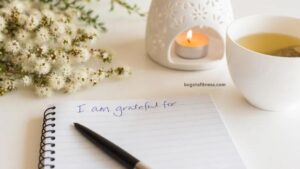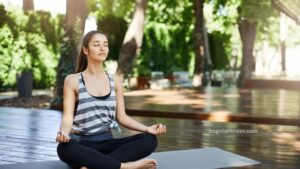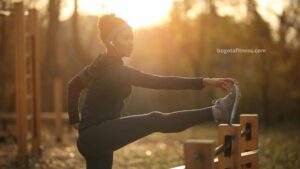Life requires breathing, which most people do without much consideration. Blood cells take in oxygen and expel carbon dioxide when we breathe in. One waste product that travels through your body again and is expelled is carbon dioxide.
Breathing incorrectly can disrupt the exchange of oxygen and carbon dioxide, which can lead to weariness, anxiety, panic attacks, and other mental and physical health issues.
Try one of the many anxiety breathing techniques the next time you’re feeling nervous. Discover how to employ breathing techniques to reduce stress and anxiety.
Alternate-Nostril Breathing
When you practice alternate-nostril breathing (nadi shodhana), you close one nostril while breathing through the other in a regular sequence. To keep your posture straight, it’s essential to practice this kind of anxiety-relieving breathing while seated. Here’s the procedure:
- With your thumb, ring finger, and pinky extended, place your right hand in a position where the pointer and middle fingers are bent into your palm. In yoga, this is referred to as Vishnu mudra.
- Shut your eyes or look down gently.
- To start, inhale and exhale.
- Use your thumb to seal off your right nostril.
- Breathe in using your left nostril.
- Using your ring finger, seal off your left nostril.
- Breathe out of your right nostril after opening it.
- Breathe in using your right nostril.
- Use your thumb to seal off your right nostril.
- Breathe out of your left nostril after opening it.
- Breathe in using your left nostril.
Perform ten rounds of this breathing technique. Take a break and breathe regularly while opening and closing both nostrils if you begin to feel dizzy.
Belly Breathing
The American Institute of Stress states that practicing “belly breathing,” sometimes referred to as abdominal breathing or diaphragmatic breathing, for 20 to 30 minutes a day can help people feel less stressed and anxious.
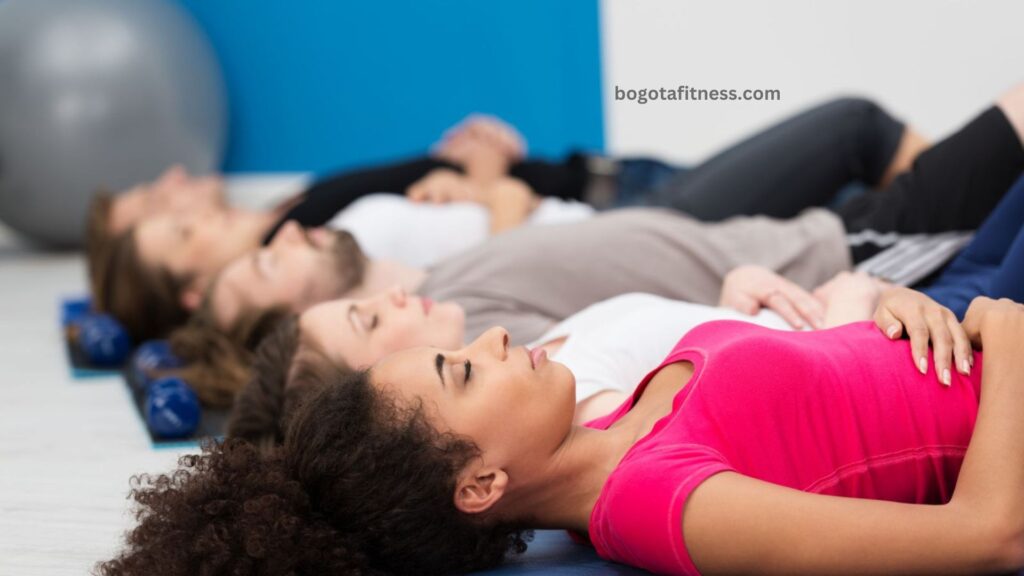
Look find a peaceful, cozy spot to sit or lie down. Try sitting in a chair, reclining on your back with a small pillow under your head and another under your legs, or any combination of these positions.
- Put one hand on your upper chest and the other, just below the ribs, on your abdomen.
- Let your abdomen to naturally expand without contracting or tightening your muscles.
- Take a calm, deep breath through your nose. Using your other hand, feel your stomach rise and sink inward (toward your spine) as the air moves into your nose and downward.
- Breathe out gently, slightly pursed lips. Observe the hand on your chest; it should stay mostly motionless.
Box Breathing
Box breathing, also referred to as four-square breathing, is incredibly easy to learn and practice. Indeed, you are already accustomed to this kind of timed breathing if you have ever seen yourself taking in and releasing breaths in time with a song. It operates as follows:
- To the count of four, exhale.
- For four counts, hold your lungs empty.
- Take a four-count breath in.
- Count to four while holding the breath in your lungs.
- Let out a breath and resume the pattern.
4-7-8 Breathing
The 4-7-8 breathing technique, commonly referred to as the calming breath, calms the nervous system naturally. It’s preferable to start the workout sitting with a straight back. But you may also practice this breathing technique while lying in bed once you’re more comfortable with it.
- For the entire exercise, place and maintain the tip of your tongue against the tissue ridge behind your top front teeth.
- Using your mouth, completely release the breath, producing a “whoosh” sound.
- Shut your mouth and take a quiet, four-count breath via your nose.
- For seven counts, hold your breath.
- Make a whoosh sound and let out all of your air through your mouth, counting to eight.
Also Read: JOURNALING FOR MENTAL HEALTH: HOW TO START A DAILY PRACTICE
Lion’s Breath
Another beneficial deep breathing technique is called “lion’s breath,” or simhasana in Sanskrit. It involves extending your tongue and roaring like a lion. It can ease tension, enhance cardiovascular health, and relax the muscles in your face and jaw.
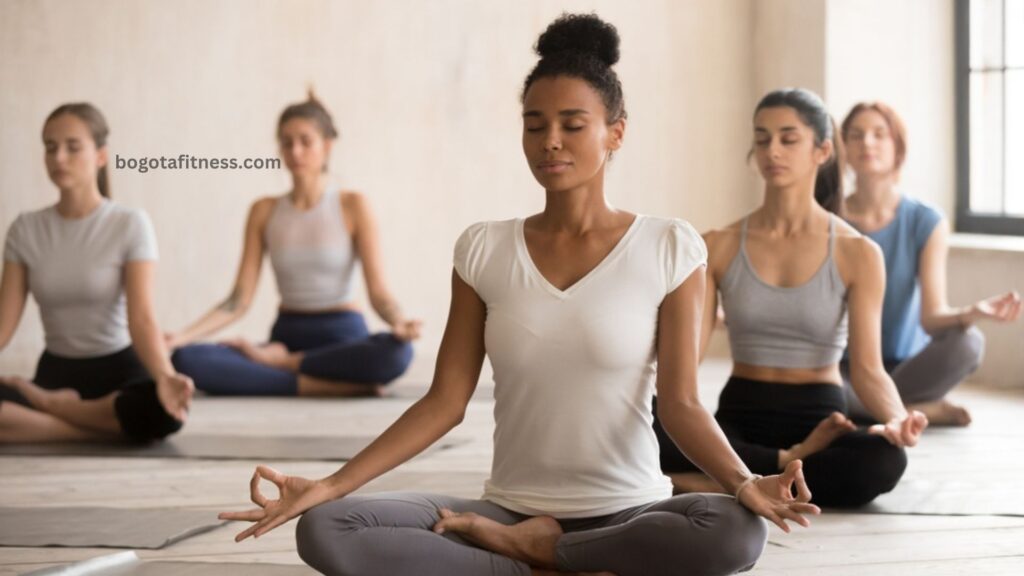
The ideal way to complete the exercise is to sit comfortably, lean slightly forward, and place your hands on your knees or the floor.
- Extend your fingers to their maximum width.
- Breathe in using your nose.
- Spread your lips wide, extend your tongue, and bring it down to rest near your chin.
- With a strong exhale, move your breath over the base of your tongue.
- Make a deep, belly-based “ha” sound as you release the breath.
- For a short while, breathe normally.
- You can say “lion’s breath” seven times.
Mindfulness Breathing
In mindfulness meditation, you will learn to pay attention to your breathing and maintain present-moment awareness, resisting the need to think about the past or the future. The similar effect can be achieved by practicing mindfulness breathing techniques, which can reduce anxiety.
Choosing a relaxing focus, such as the sound “om,” a word of encouragement like “peace,” or a phrase like “breathe in calm, breathe out tension,” to repeat aloud as you inhale or exhale is one mindfulness breathing practice you might attempt. Let go and unwind. Take a deep breath and gradually bring your attention back to the present if you find that your thoughts have strayed.
Pursed-Lip Breathing
A basic breathing exercise that might help make deep breaths slower and more deliberate is pursed lips breathing. People with anxiety related to lung diseases such as emphysema and chronic obstructive pulmonary disease (COPD) have been reported to benefit from this method.
- Take a comfortable seat and keep your shoulders and neck loose.
- For two seconds, carefully inhale through your nose while keeping your mouth shut.
- Four seconds of mouth breathing should be done while puckering your lips like you’re kissing.
- As you exhale, maintain a steady, leisurely breathing pattern.
Experts advise practicing pursed-lip breathing four to five times a day to obtain the right breathing rhythm.
Resonance Breathing
Coherent breathing, also known as resonance breathing, can assist you in becoming calmer and less anxious.
- Shut your eyes while lying down.
- Shut your mouth and take a few gentle breaths in via your nose for a duration of six seconds. Avoid breathing in too much air.
- Take a six-second breath out, letting it go out of your body naturally and gently without pushing.
- Go on for a maximum of ten minutes.
- Spend a few more minutes in stillness, paying attention to your body’s sensations.
Simple Breathing Exercise
This is a basic breathing technique that you can do as often as necessary. You can perform it while sitting, standing, or lying down. For the time being, discontinue this practice if you find it tough or if you feel like it’s making you tense or scared. Try it once more in a day or so, and progressively increase the time.
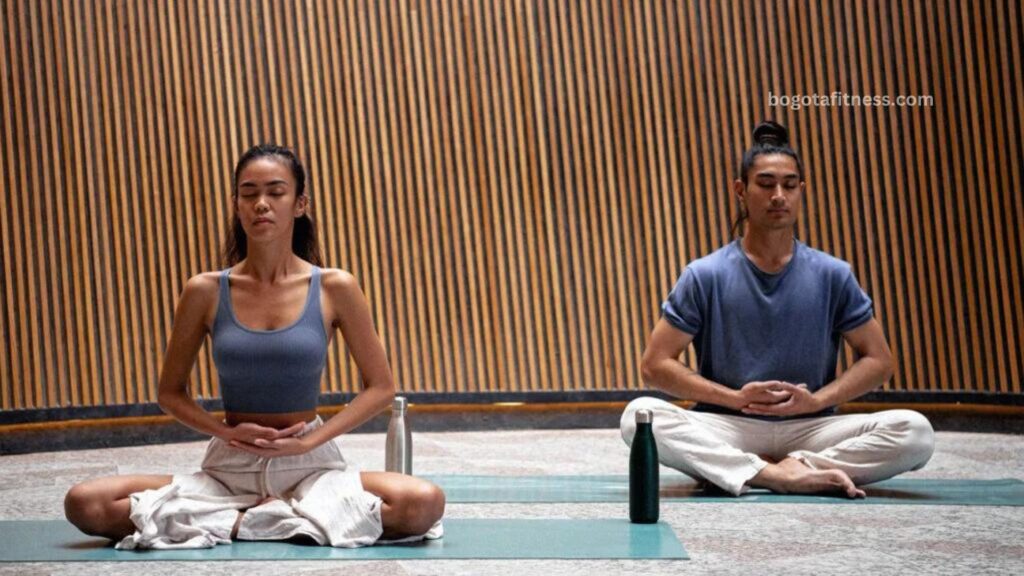
- Take a calm, deep breath through your nose. Maintain a relaxed shoulder posture. Your chest should barely elevate, and your abdomen should enlarge.
- Breathe out slowly through your lips. Purse your lips slightly while maintaining a relaxed jaw as you release the air. As you exhale, you might hear a faint “whooshing” sound.
- Do this breathing practice again. Continue doing this for a few minutes until you begin to feel better.
Cheat Breathing vs. Abdominal Breathing
Although most people aren’t very aware of their breathing patterns, there are two main categories of breathing patterns.
Thoracic (Chest) Breathing
Thoracic breathing, also known as chest breathing, is a common reaction to anxiety. This breathing technique upsets the body’s levels of oxygen and carbon dioxide, which can lead to physical feelings such as muscle tightness, dizziness, and elevated heart rate.The improper oxygenation of your blood may be an indication of a stress reaction that exacerbates anxiety and panic attacks.
Breathing from the chest, this method consists of quick, shallow breaths. You may not even be aware that you are breathing in this manner when you are nervous.
Diaphragmatic (Abdominal) Breathing
On the other hand, diaphragmatic or deep breathing activates the parasympathetic nervous system, a branch of the peripheral nervous system in charge of controlling breathing, heart rate, blood pressure, and digestion.
This kind of breathing is steady and deep; it contracts your diaphragm, which opens your airways and creates negative pressure that forces air into your mouth and nose, filling your lungs. Newborns breathe naturally in this manner. It’s also likely that you use this breathing pattern when you’re in a more relaxed sleep state.
How Can I Tell If I’m Breathing Properly?
Placing one hand on your upper belly, close to your waist, and the other in the center of your chest will make it the easiest to detect your breathing pattern. Observe which hand elevates the highest when you breathe.
With every breath, your abdomen should grow and shrink (and the hand should rise to the top) if you’re breathing correctly. Being mindful of these distinctions is especially crucial when you’re feeling anxious or stressed out, as this increases your propensity to breathe from your chest.
Keep in Mind
Depending on the kind of breathing exercise we’re doing, our breathing patterns change. Some breathing exercises may instruct you to breathe in and out through your nose, but most entail taking slow, deep breaths through your mouth and out through your nose.
It’s critical to pay attention to how worry affects your day-to-day functioning and to your body in order to make deep breathing effective for you. If deep breathing exercises aren’t helping your extreme anxiety, you might want to see a doctor or mental health expert for an evaluation and therapy options.


